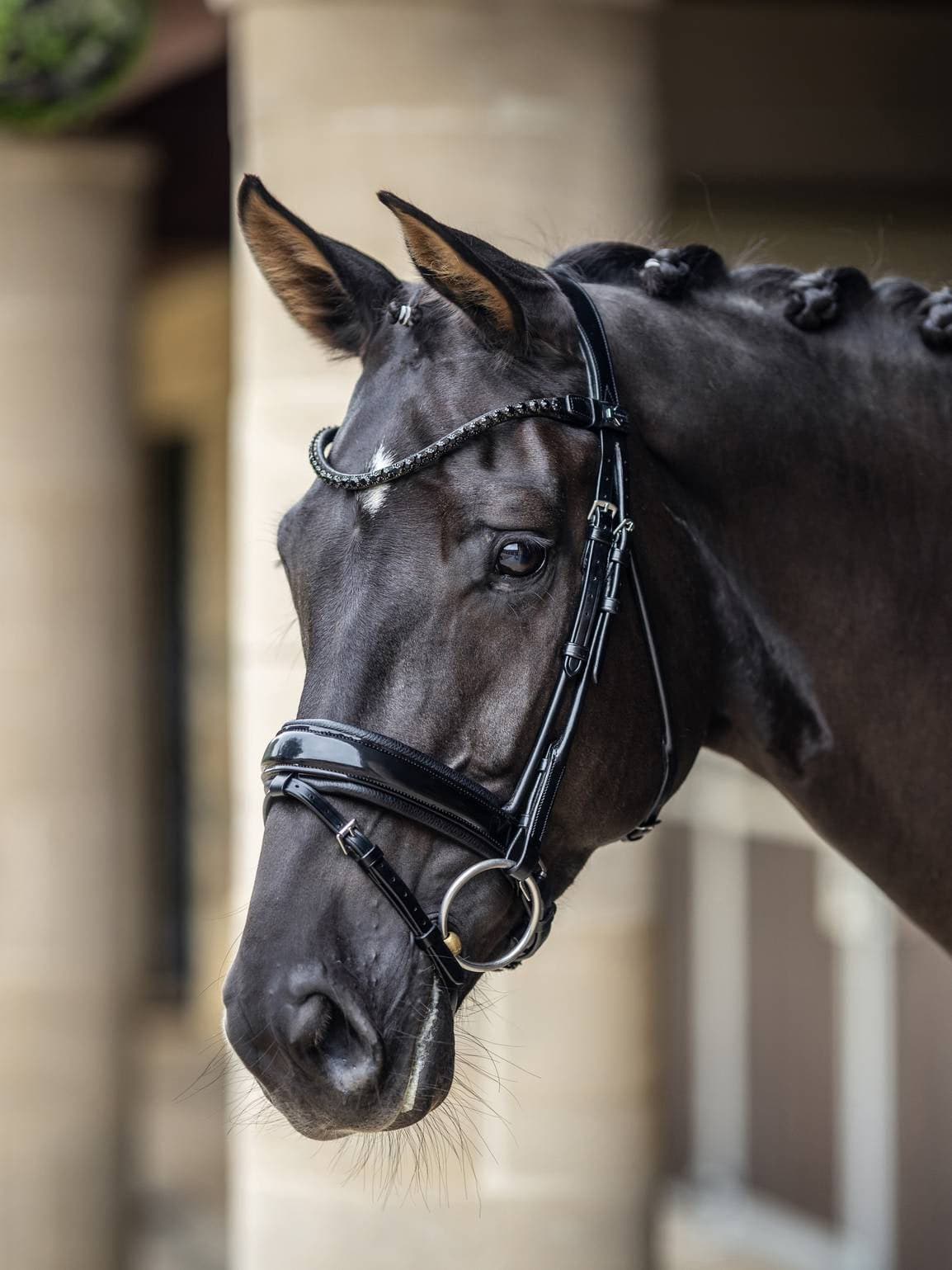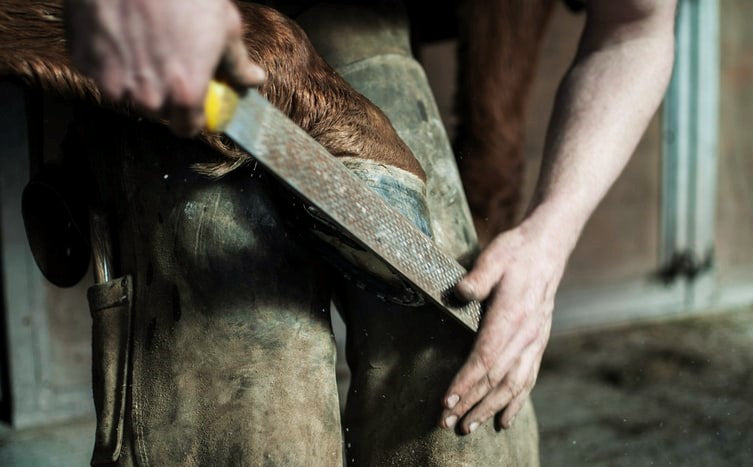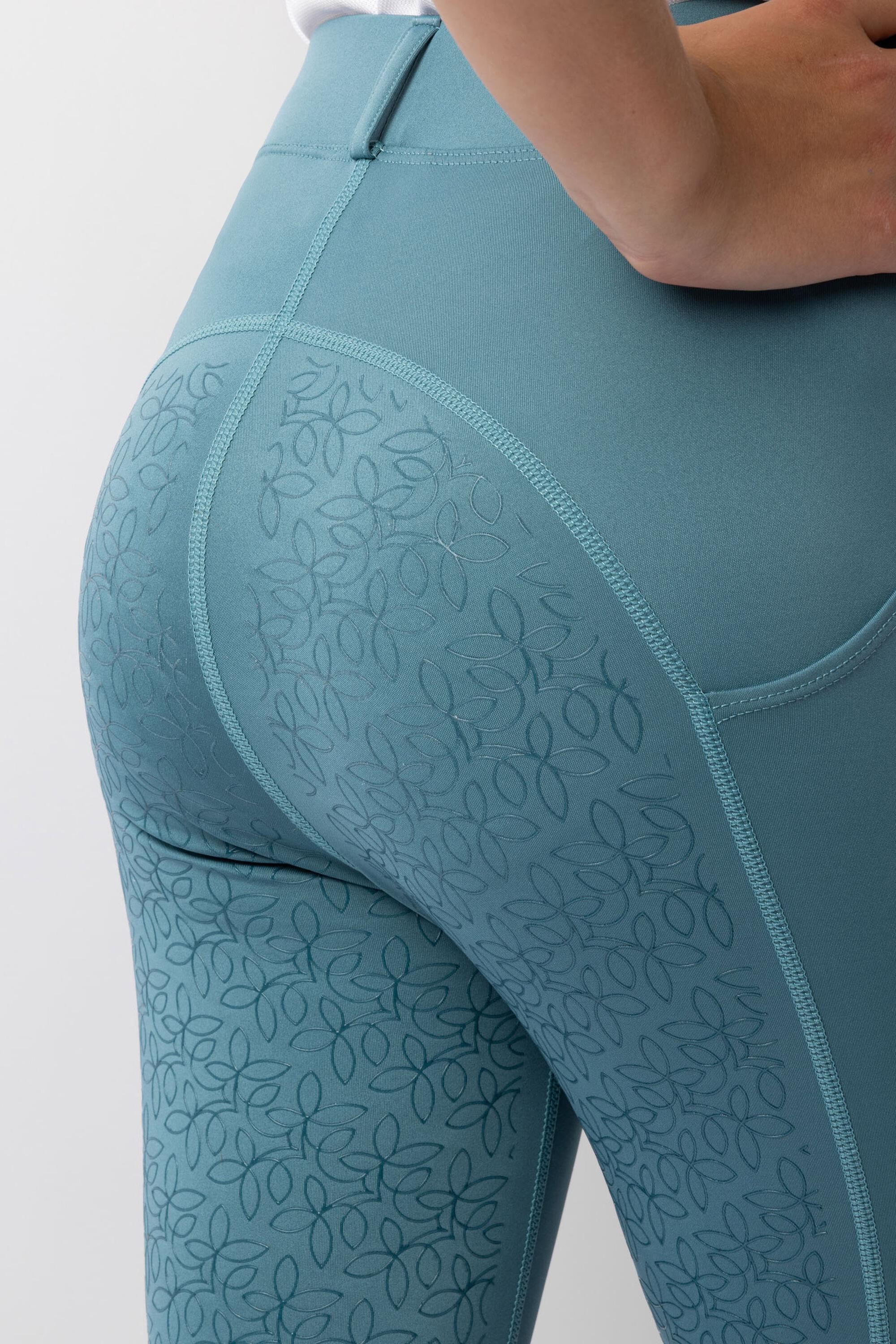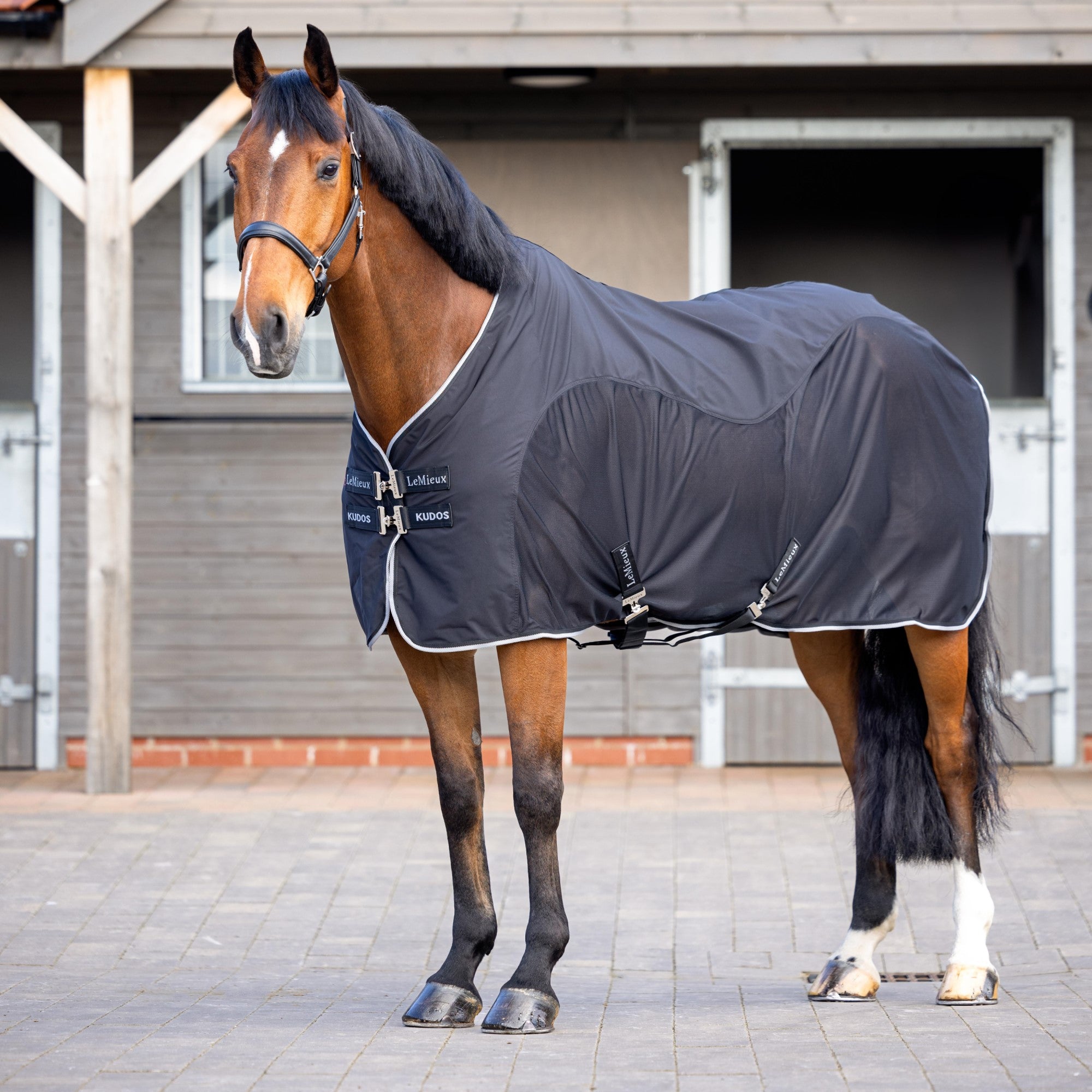Equestrians are famous for being resilient and multi-skilled, from handling horses to backing trailers and lifting hundreds of hay bales. We're practical people with a passion that requires physical strength, and a willingness to get our hands dirty! Horse care also involves an ever-expanding sphere of knowledge about our horses feed and nutrition, exercise and rehab, health and welfare.
With lockdowns across New Zealand many horse owners have found that more than ever they need to draw on their own skills and resources to care for their horses as the usual farrier and vet services are restricted to emergency cases. Even when everything is normal, there are still times when you need to be able to do what needs to be done, fast.
Our customers tell us that they want to be prepared with all the right equipment so they can provide hoof care and first aid for their horses if their preferred experts are not available; so we've prepared this list.
Essential horse care equipment
For the loose shoe or emergency trim
We recommend that all horse owners have the basic Farrier Tools at home, so they can safely remove a loose shoe, and trim any ragged edges to prevent breakage. Being able to safely remove a shoe before a horse is hurt by protruding nails, and to give hooves a basic trim are great skills to practice.
Our hoof care collection includes farrier tools and the most useful of these are:
- Nail pullers - so you can quickly remove any nails holding a loose shoe on. Nails should be pulled before a shoe is removed as tugging the nails through the hoof wall can cause real damage.
- Hoof nippers - these allow you to remove the longer parts of the hoof wall. They are especially useful to shorten any hoof that has grown over the removed shoe, as long hoof wall is liable to will break off, damaging the hoof's integrity.
- Hoof rasp - no-one expects every horse owner to be an expert barefoot trimmer, but having a sharp rasp on hand allows you to lighty round the edges of a hoof off when your favourite farrier can't be there. As well as preventing breakage, this is important for your horse's health and comfort. Overly long hoof walls place undue pressure on your horse's internal hoof structures, and can even affect their posture, putting strain on their legs, and can eventually lead to pain and tension right through their body as their stance is affected.
General First Aid for Horses
Often if a horse is injured, your first job is to clean and cover the wound before your vet can arrive.
- A great thing to have on hand is the Vetpro First Aid Kit which contains emergency bandages, lintex, dressings, saline, scissors and more.
- Iodine, Betadine, Vetadine, Anodine - iodine by any name is a great antiseptic to have on hand in any grooming kit. It stings, but it really works!
- Filta Bac is an antibacterial barrier cream designed to create a protective coating on wounds.
- Honey-based cream from Aniwell and Equine Super Goo are great general purpose balms for protecting and healing cuts.
- Hoof boots are good to have in case of abscesses or other hoof damage.
- Arctic Blast cooling and compression bandages are elasticated bandages that create a cold effect through evaporation. They can drop the temperature by 10 degrees, making them ideal as a fast first aid treatment when overuse or injury to a limb has occurred. Other leg cooling options are the Le Mieux Cold Water Boots and Zilco Ice Boots.
- You'll also find lintex, bandages, epsom salts and linaments in our Horse Care collection.
We wish you and your horses a safe and stress free lockdown! If you do have any injuries or hoof issues arise and need help, let us know asap as we can have your tools ready for click and collect in Auckland, or send out for urgent delivery as quickly as we can!








Share:
What's your saddle type?
Ride alone? Here's the safety app you need to take along